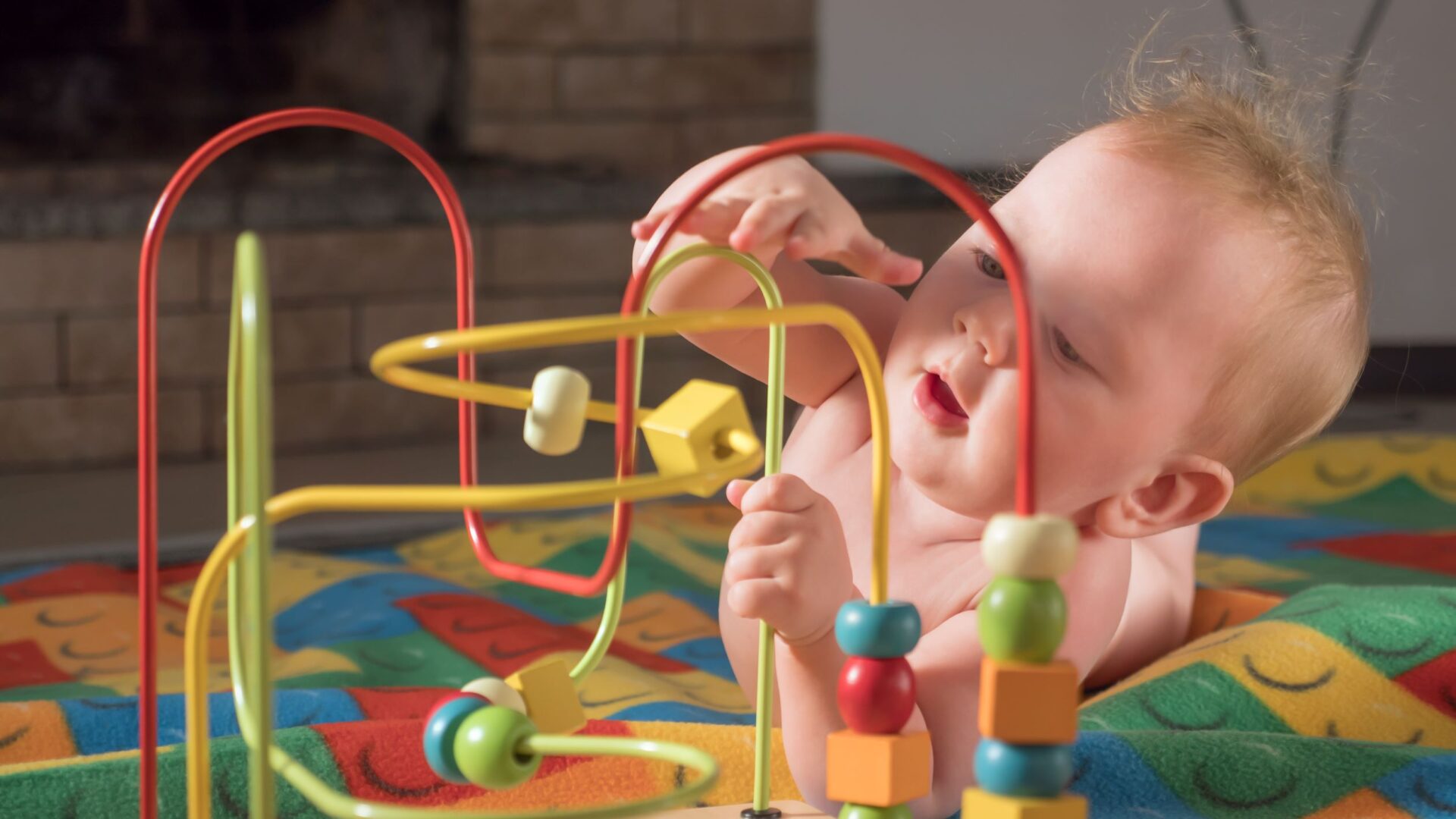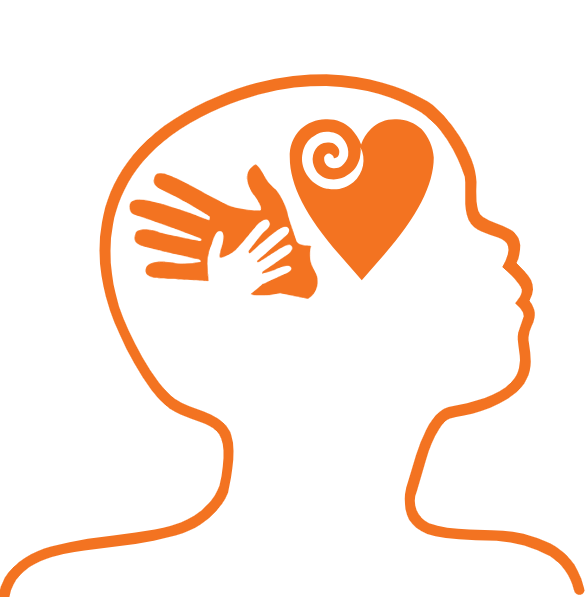
Getting the brain you need for the world you’re in – why early brain development matters
From conception until about the end of their third year of life, humans grow faster than they’ll ever grow again.
What makes tamariki turn out the way they do, and learn so much so quickly? Critical factors are genes, the environment of the womb, the world they’re born into, and their relationships with others.
Brain–body connection
The brain is intricately linked to the immune system, gut, heart, blood, muscles, and bones. It reads, interprets and influences what is happening in the tinana (body) and the world around us. Understanding how early brain development occurs gives us insight into the lifelong effects of early experiences.
The infant brain is extremely ‘plastic’ – able to learn, adapt and change. This ability reduces with age.
Brain development pre-birth
Brain development before birth lays a critical foundation for later learning. Mum’s health, her nutrition and the support she has interact with genes to shape the rapid development of the brain.
Brain development after birth
A newborn’s brain is organised much like an adult’s, and is wired for ‘survival’. But although babies can breathe, cry for what they want, suck and digest milk, they still need adults in order to survive. Very soon they learn to smile and chuckle, and to charm some adults completely.
As babies look around, hear sounds, feel things on their skin, taste things and move their body in space, their brain grows and changes rapidly, shaping who they become. This in turn shapes their experiences and the way others react to them.
Growth and development of the brain after birth is mostly about making crucial connections between neurons. Driven by genes and experiences, lifelong networks form for different functions.
With different sensory input, the brain develops differently. A powerful influence is the gentle touching, smell and language of those who love, nurture and protect them. Caregivers and whānau influence the types of experiences babies have, and the way they understand and react to those experiences.
Timing matters
By one year the brain is two-and-a-half times its weight at birth, and by the age of two it is three times the birth weight and roughly 80% of the adult weight.
But a two-year-old’s brain isn’t functioning at 80% of an adult’s brain. A lot of brain change lies ahead.
The process of growth and development follows patterns over time. Learning builds on the skills they have already built.
Take physical movement. Pēpi learns to support their own head, rolls, sits, crawls, walks with help and then walks unsupported. Whānau provide space, safety and opportunity for all this to occur, and it usually happens in order and within a general timeframe.
Babies need adults
A similar process is occurring less visibly in many areas of the brain, including the way the individual learns to react to stress, to regulate their own behaviour and to relate to others.
At first, babies rely on adults to calm them, feed them when they are hungry, and put them to bed when they’re tired. Gradually, they learn to soothe themselves and cope with stress in their own ways.
Relationships with others are very important for many things, including self-regulation. The networks for relationships begin forming early, and it’s a two-way street – babies both influence and learn from their relationships with those around them.
Think about a child’s experience of swimming in the sea. If dad is nearby, holding them when they are a baby, standing near them when they are a toddler and watching them from the shore as they grow older, they’ll usually learn to stand up, balance, swim, delight and marvel. It’s OK if they fall occasionally, or gulp salt water.
If mum is there to pick them up, cuddle them, laugh with them at the surprise they got, they are likely to try again. Parents learn to understand which challenges their child is ready for, respond to the way their child is reacting to the water, and reassure them if they’re frightened.
But if a child wanders into the ocean, and no-one is watching or supporting them, even a tiny wave might knock them over. Their risk of being overwhelmed with fear and stress is high. They’ll probably learn to fear water and be reluctant to ever try again.
So the support of caregivers helps pēpi and tamariki to learn about the world, safely in a positive way and at about the time they are ready.
Some skills have a set timeframe for when they can be learned, and this can close if a baby doesn’t get the sensory experiences they need. Babies who suffer early neglect may struggle to ‘catch up’ or fully develop their potential.
Trial and error
One thing that makes humans very adaptable is that there is a lot of room for ‘trial and error’. Many connections are formed, and only some of them are strengthened and made more efficient. The process of overproduction and then ‘pruning’ of the connections is the main way the brain is developed and shaped in the early years. So not every negative or positive experience is critical on its own.
Children need to do things over and over to develop, strengthen and preserve their neural networks of connections. Tamariki seem to know this, whether it’s repeatedly dropping objects onto the floor or asking for the same bedtime story night after night. Tamariki are practising everything. Play is one major way they do this.
All children will have both negative and positive experiences at different times, but it is the experiences they have over and over again that most influence which connections are pruned and which are kept.
Having mostly positive experiences, and being well supported through negative ones, can help children to ‘trust’ the world and lessen their stress. However, if the world is often overwhelming and frightening, and there’s no adult support, they may form a different brain. They might be excellent at ‘surviving’ under stress, but this could come at the cost of learning other skills, and also at the cost of ‘flourishing’. ‘Surviving’ and ‘flourishing’ are two very different outcomes.
The complete, fully referenced article is available at www.brainwave.org.nz
Ko te ahurei o te tamaiti arahia ō tatou mahi.
Let the uniqueness of the child guide our work.

